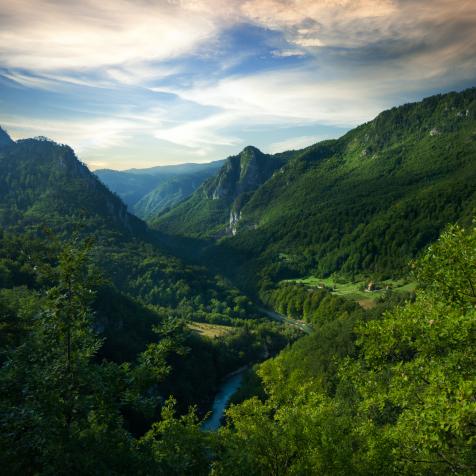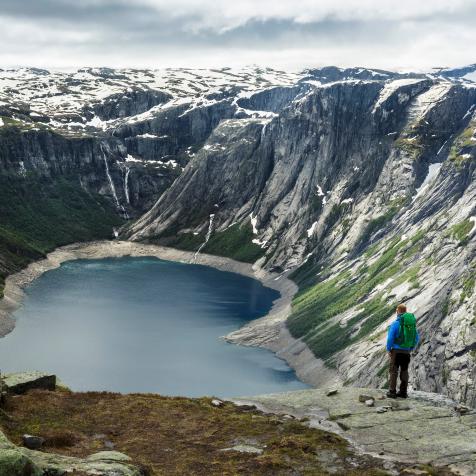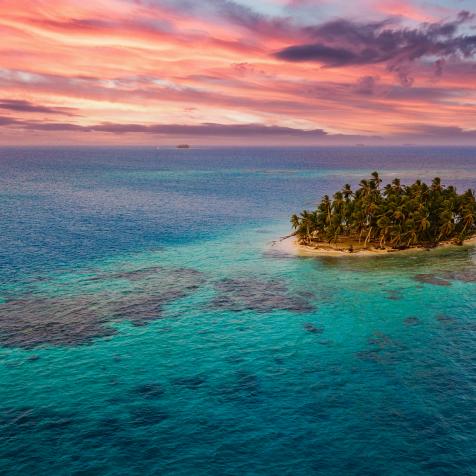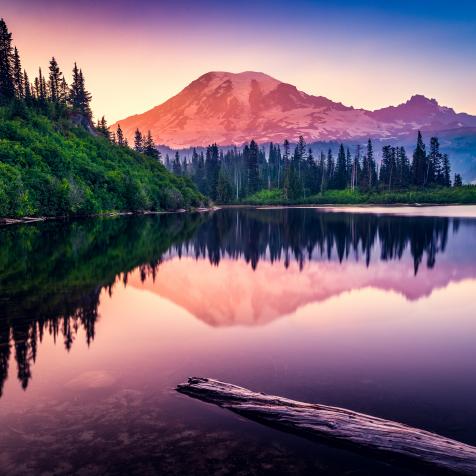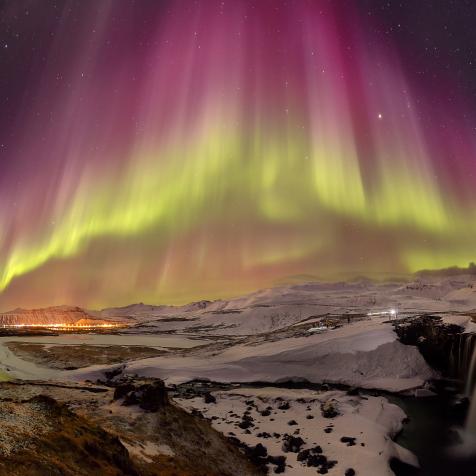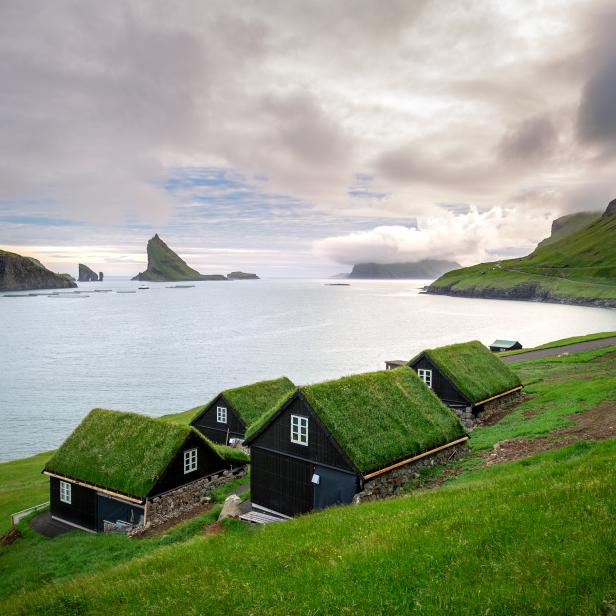
GettyImages/Francesco Riccardo Iacomino
Faroe Islands
The windswept, fairytale archipelago begging to be explored
In the middle of the North Atlantic lies a small archipelago of islands, battered by rain, wind, and sea. No matter where you are in the Faroe Islands, the ocean is never further than 5km (3 miles) away. With waterfalls cascading off cliff-tops into the rough sea, tunnels bored into mountainsides, eerie abandoned villages, and remote lighthouses, the Faroe Islands is the perfect setting for wild adventures.
Photos
See All PhotosWeather is the Faroese’s favorite talking point: it’s not uncommon for one island to experience rain, another snow, and a third brilliant blue sky. It’s anybody’s guess what the weather will bring, but it’s all part of the magic. Brave the seas and travel by boat to Mykines, an island ruled by puffins with just one small village and a lighthouse, or fly by helicopter - they’re as common as taxis, and just as cheap. The islands were so unchartered that the tourism board had to persuade Google to send in cameras to map the roads. But rather than trying to get cars to all the remote places, they strapped the equipment to the most populous of the islands’ residents: sheep.
The best part of visiting the Faroe Islands is discovery: whether it’s breathtaking vistas, hidden valley villages, or ancient Viking legends, the islands are begging to be explored.
Places to Explore:
- Head to Eiði, to see Risin & Kellington, two giant stone stacks that, according to legend, where once a giant and his witch wife who were sent to steal the Faroe Islands and bring them back to Iceland. They decided to tie a rope around a mountain called Eiðiskollur and pull the islands towards their home country. However, they were so preoccupied with their task they forgot to hide at sunrise – they could only roam at night - and the first rays of the sun turned them to stone. Ever since they have sat facing westward towards Iceland, longing to return home.
- Or discover Múli, a ghost town that was abandoned as it was just too remote.
- Saddle up on a føroyska rossið - the Faroese horse that has wandered the craggy terrain for centuries - or hop on a ferry and head to Kalsoy, an island dubbed “the flute” because of its thin shape and numerous tunnels.
- There are 13 peaks and 11 valleys to hike, and four villages to stop for a hot chocolate and a bite of cake. And as there are only 150 inhabitants, there’ll be plenty of desolate spots to explore.
- Head to Sørvágsvatn, to see an optical illusion of a lake over the sea, and Gásadalur, a small village standing on the edge of the cliff, overlooking Mykines.
- Abandon your car and hike up grassy tufts to reach the spectacular view of Múlafossur, a waterfall that cascades onto the crashing waves below. Catch it just at the right light, and you’ll see a beautiful rainbow arc over the falls.
Even the food is wild. Faroese cuisine may be simple, but it’s steeped in tradition and could be considered the home of the farm to table movement. Ever since the first settlers arrived, the Faroese have hunted their own food and grown whatever they could on the harsh archipelago. Ræst - or fermentation - is an acquired taste, but it’s as Faroese as you can get. Wooden huts are built with slats to let the salty sea wind whip through, air drying whatever is hung inside. Despite the difficulty in growing food here - only a few vegetables, such as turnip, beets, radishes, swede, and potatoes can be grown - the islands have been home to a food revolution, and there’s a two Michelin-star restaurant, and many other experimental kitchens to feast at. If you’re feeling really adventurous, try skerpikjøt - fermented lamb - or garnatálg - a side dish made from intestinal sheep fat.
If the thought of hiking along clifftops, helicoptering to rugged islands, and navigating through endless valleys and along winding roads isn’t thrilling enough, then indulge in the country’s extreme sports side. From cliff jumping and rappelling to snorkeling in freezing waters and ocean kayaking, there are challenges for even the hardiest of adventurers. No matter what your comfort level is, you won’t leave the Faroe Islands without feeling like a true explorer.













